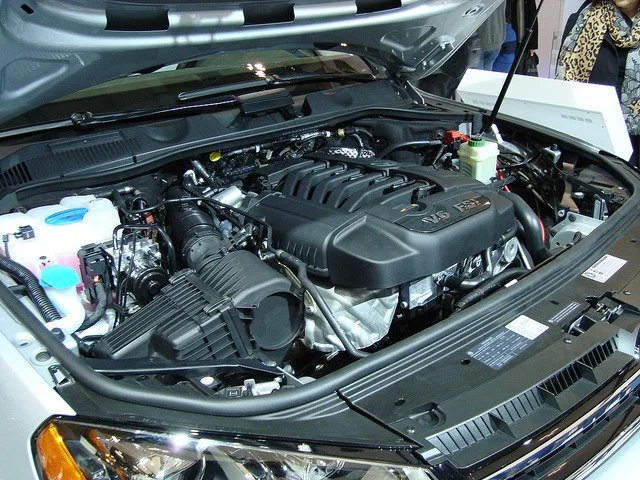We have all heard them. Car care tips from everybody from our parents to our mechanic that are meant to save you both time and money. Yet while they are all well-meaning, sometimes it may not be the best advice to take. If you really want to be sure about what your car needs to function at its best, consulting your owner’s manual is the absolute best thing to do. After all, there are many incorrect car care facts floating around out there, including these 6 common car care myths.

1. You can judge your tire pressure by looking
The claim that you can judge the amount of tire pressure just by looking at your car’s tires is a very common misconception. Your tires can have a pressure that is just a little too low or too high without you even realizing it. While this does not mean you are necessarily at risk of a blowout, it does have an effect on your fuel economy. Properly inflated tires can improve efficiency by up to 3.3 percent, while under-inflated tires can decrease that efficiency by 0.3 percent for every 1 psi drop in pressure of each of the four tires.
Your best bet is to invest in a tire gauge, check the recommended pressure in the driver’s side door jamb, and inflate your tires regularly. And remember, don’t use the numbers on the tires sidewalls either, just what is in your manual or on the door jamb. Keep in mind that change in temperature can increase and decrease the pressure as well.
2. Change your engine oil every 3,000 miles
Another common myth is that you have to change your engine oil every 3,000 miles. While this may hold true if you are driving an older car – think 1980’s and back – today’s vehicles have much more efficient engines and tend to function properly for longer. In fact, many cars can operate for up to 7,500 miles between oil changes. Check your owner’s manual for the best oil change schedule for your particular make and model. And when it is time, make sure you take it in to a certified mechanic like those at Gateway Ford Greenville, Tennessee.
Also, keep in mind that the way you use your car affects the interval between oil changes, too. If you drive long distances every single day, are constantly involved in stop-and-go traffic, regularly drive over rough terrain or tow anything on a regular basis, then changing the oil every 3,000 miles is typically suggested.
3. Replacing a dirty air filter can improve efficiency
This is another myth that applies mostly to cars from the 1980’s and older. With newer cars, you won’t get better gas mileage by changing a clogged filter. This is because modern vehicles that are fuel-injected and have computer-controlled gasoline engines won’t experience the same benefits carburetted engines do. Now changing the air filter may improve acceleration, but not fuel efficiency.
4. If Regular Grade Fuel is Good, Premium Must Be Best for My Car
I used to believe this one myself. But the reality is, what your vehicle’s owner manual says, it what you need to use. Most vehicles are designed to run best on regular grade gasoline, so filling up with anything higher is a waste of money. It is not going to make your car run better or faster.
5. There’s No Need to Replace Tires Until the Tread is Almost Gone
While it is true that it’s time to replace a tire once the tread gets down to a minimum depth of 2/32 inch, if you wait that long, you are putting yourself and others at risk. At such a low tread depth, a tires ability to grip wet or snowy surfaces is very low. Which means it’s ability to resist hydroplaning is also very low. Why risk it? Start shopping for replacement tires before yours are worn out.
6. You Should Let Your Engine Warm Up for Several Minutes Before Driving
While this may have been good advice in the past, modern engines warm up more quickly when they are being driven. So when you first get in your car, start it, and start driving. The sooner the engine warms up, the sooner your car will reach its optimum performance level.
Image courtesy Mike Babcock via Flickr
